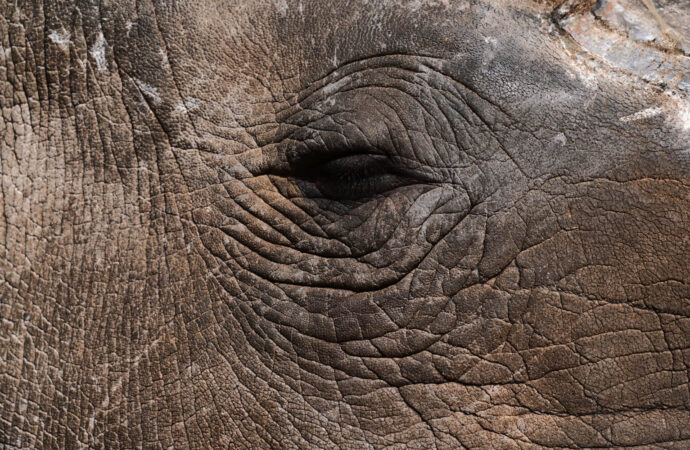Learn where and how to hunt rhinos ethically. This guide explores legal aspects, best locations, and the impact of hunting on rhino conservation.
Rhino hunting is one of the most challenging and revered experiences in big-game hunting. These majestic creatures symbolise Africa’s wild allure, and hunting them is an extraordinary feat. But it requires skill, patience, determination, and a deep understanding of conservation practices and legal requirements.
In this guide, we’ll explore the details of rhino hunting, focusing on the logistics of where and how it can be done while emphasizing ethical considerations and the role hunting plays in conservation.
Understanding Rhino Hunting
Rhino hunting has a storied history in Africa, and today it plays a key role in conservation and game management. In recent years, controlled hunts for the white and black rhinos have been allowed under strict regulations in countries like South Africa and Namibia. These hunts are heavily monitored, and part of the funds from them are often used to support anti-poaching efforts and habitat conservation
Where Can You Hunt Rhino?
South Africa: South Africa offers the majority of legal rhino hunts, with most taking place on large private game reserves. South Africa is home to the largest population of white rhinos in the world, and hunting permits are tightly controlled. White rhino hunts are more common, while black rhino hunts are rarer and more restricted due to the species’ endangered status.
Namibia: Namibia also offers legal rhino hunts, and like South Africa, these hunts are part of the country’s strategy to protect its rhino populations. Namibia’s desert terrain is a unique and challenging backdrop for hunting.
Both countries require hunters to obtain CITES permits, as rhinos are listed on the CITES appendices due to their threatened status. A successful hunt here is not just a test of one’s hunting skills but also involves adhering to strict legal and ethical guidelines.
How Rhino Hunts Are Conducted
1. On-Foot Stalking
Traditional rhino hunts are conducted on foot, where the hunter, accompanied by a professional guide and tracker, stalks the rhino across vast landscapes. The challenge lies in the rhino’s sharp senses and the rough terrain, where the hunter must maintain silence and keep a safe distance while getting close enough to take a shot.
In South Africa, for instance, hunters can expect to stalk the rhino for hours or even days before finding the best suitable rhino and getting a clear opportunity to make a shot.
2. Darting or Green Hunts
Another alternative to traditional hunting is the “dart hunt” or “green hunt,” where hunters use a dart gun instead of a rifle. The rhino is tranquilized for veterinary checks and tagging, and hunters can take photographs with their trophy before the rhino is revived. This method allows hunters to contribute to conservation without the need to kill the animal. Green hunts have gained popularity due to their focus on rhino preservation.
What to Expect from a Rhino Hunt
A typical rhino hunt, whether for white or black rhino, is an expensive venture, with prices ranging from $22,000 to upwards of $90,000. These prices reflect the limited availability of permits and the intensive measures taken to protect rhinos from poaching.
When booking a hunt, you can expect the following:
A professional hunter (PH) and experienced trackers.
High-end accommodation, often at luxury lodges within private game reserves.
Field preparation of the trophy by trained skinners.
In some cases, meals and drinks are included as part of the package.
Hunting vehicles are often used for transportation to and from the hunting area, but once in the vicinity of the rhino, the hunt is done on foot. Rhino hunts require precision and discipline, as the animals are incredibly powerful, and a poorly placed shot can result in a dangerous encounter.
Ethical Considerations and Conservation
While some may see hunting as detrimental to conservation, rhino hunting plays a crucial role in the survival of the species. The financial benefits from legal hunts provide the funds necessary for wildlife management programs, including anti-poaching patrols, veterinary care, and habitat maintenance. For landowners, rhinos represent a valuable resource, and the income generated by hunters incentivizes the conservation of these animals.
South Africa and Namibia have robust legal frameworks to ensure that rhino hunting is done ethically and contributes positively to conservation efforts. These hunts are typically designed to cull older males who are past their prime reproductive years, ensuring that younger rhinos can thrive in the population.
Key Considerations for Aspiring Rhino Hunters
If you’re considering a rhino hunt, there are several important factors to keep in mind:
Permits and Legalities: Ensure the hunt is legal and fully documented with the appropriate CITES permits. Your outfitter will typically handle these, but it’s important to be informed.
Physical Fitness: Rhino hunts often require long days of trekking through difficult terrain. Being physically prepared is essential for success.
Choosing the Right Outfitter: Always work with a reputable outfitter who has experience with rhino hunts and is committed to conservation. They will provide guidance, handle logistics, and ensure that your hunt complies with local and international regulations.
Conclusion: A Rewarding Challenge
Rhino hunting is not for the faint of heart—it’s a demanding, expensive, and often controversial pursuit. But when done legally and ethically, it’s a vital part of conservation efforts in South Africa and Namibia. For hunters, a successful rhino hunt represents not just a personal achievement, but also a contribution to the preservation of these magnificent creatures for future generations.


















Leave a Comment
You must be logged in to post a comment.